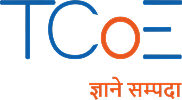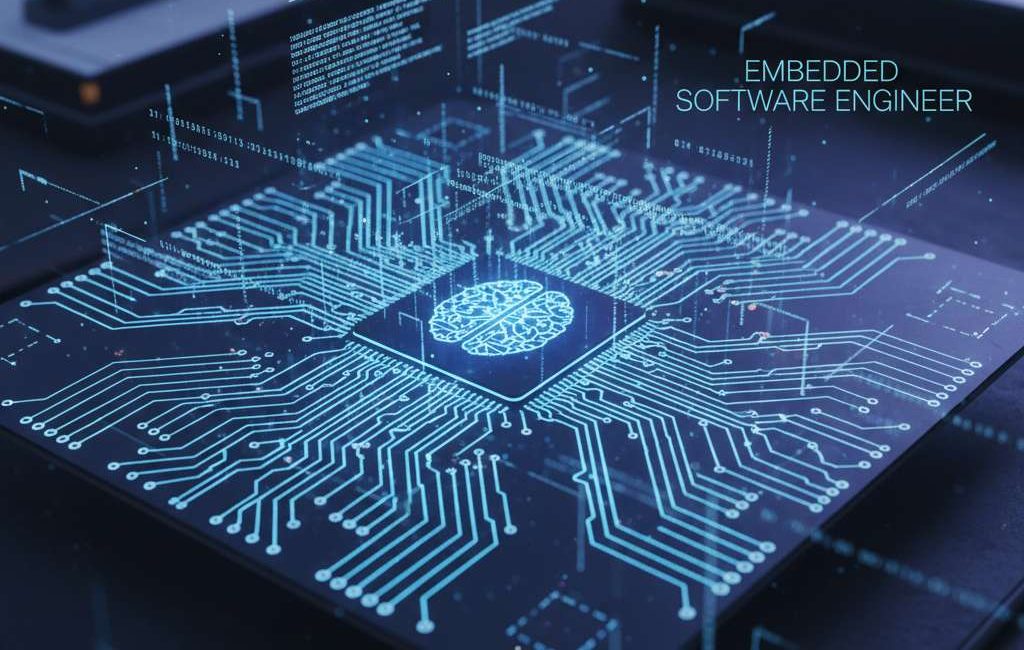Step into the world where hardware meets software! The Embedded Software Engineer course empowers you to design, program, and control smart devices that drive modern technology — from IoT gadgets to autonomous systems.
- 900 Hours (2 hours/day x 6 days/week x 75 weeks) OR at your own pace
- Hindi, English
- Learn & Get Certified
- Basic & Intermediate
- Hands-On Training
About this course
Embedded Software Engineer introduces the principles and practices of designing software for embedded systems that power everyday devices. The course covers microcontrollers, real-time operating systems, programming in C/C++, hardware-software integration, and debugging techniques. Students will gain hands-on experience in developing efficient, reliable, and optimized software solutions for applications in automotive systems, consumer electronics, IoT devices, and industrial automation.
Gain hands-on skills in embedded C programming, microcontroller interfacing, and real-time systems. Ideal for students aiming for careers in automation, robotics, or smart device development.
This course provides essential knowledge and practical training to build industry-relevant skills.
- Fees:
₹35,000₹23,000 (incl. GST) (Excluding tools & equipment cost) - Certification: ESSCI
- Duration: 900 Hours (2 hours/day x 6 days/week x 75 weeks) OR at your own pace
What you'll learn
After this course you will be able to:
- Learn how to make hardware come alive by writing software that directly controls sensors, motors, and microcontrollers.
- Understand how real-time systems work — where even a delay of a few milliseconds can change the outcome!
- Explore how to program memory-constrained systems that run efficiently with limited resources.
- Gain skills to connect devices through the Internet of Things (IoT), enabling smart and automated systems.
- Get hands-on experience in C/C++ programming, debugging tools, and embedded operating systems.
- Learn how embedded software powers everything — from automobiles and drones to medical devices and robots.
- Design mini-projects that turn everyday electronics into intelligent, interactive devices.
Course Content
How to use online TCoE platform?
Advantages of this course
Tools and Equipment required
National Skill Development Mission
Module 1: Introduction and orientation to the role of an Embedded Software Engineer
This module is to discuss the job role of an Embedded Software Engineer
Module 2: Process of developing embedded system software
- Describe the process of identifying the work requirement.
- Demonstrate the process of identifying the embedded system design specifications.
- Demonstrate the process of developing software for embedded system.
- Explain the importance of completing documentation.
Module 3: Basic Health and Safety Practice
Apply health and safety practices at the workplace.
Module 4: Employability Skills
- Discuss about Employability Skills in meeting the job requirements
- Describe opportunities as an entrepreneur.
- Describe ways of preparing for apprenticeship & Jobs appropriately.
Module 5: On-the-Job Training
Build a fully functional basic drone
Browse Online Drones Certificates
Find new interests and advance your career opportunities!
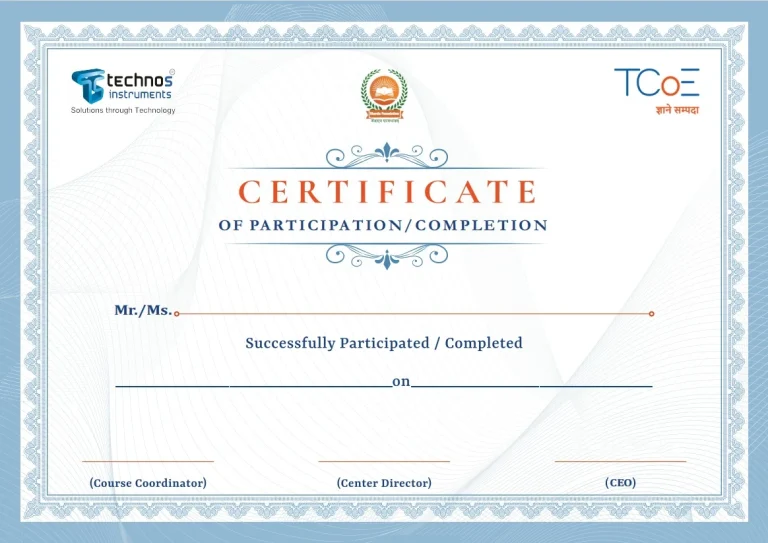
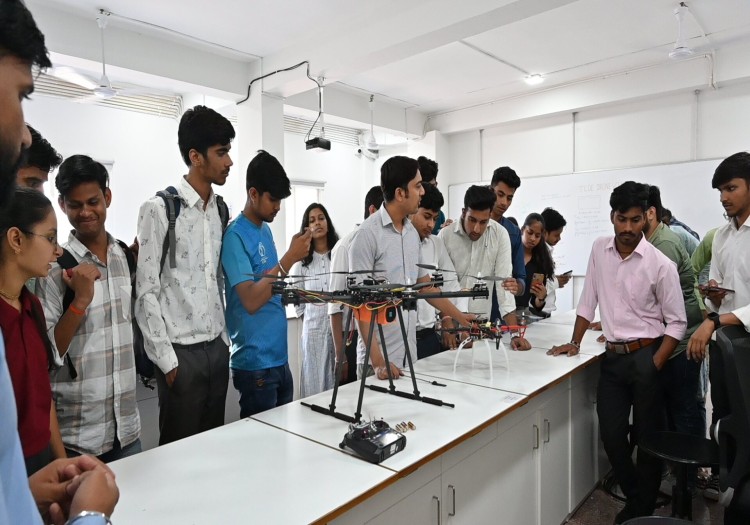
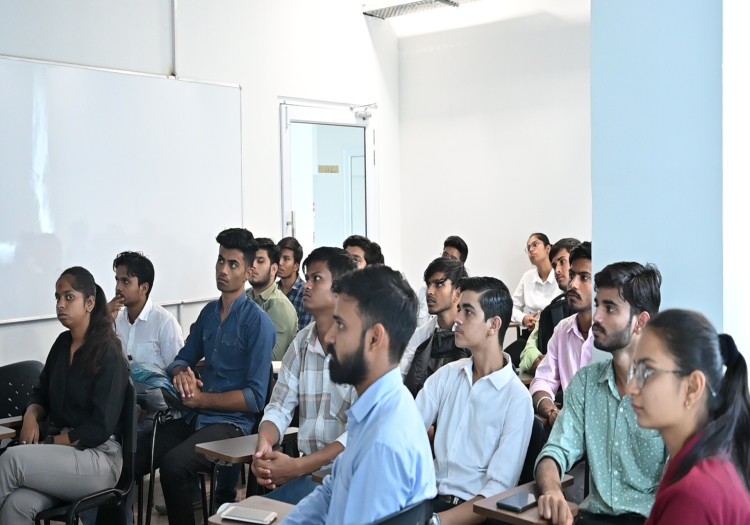
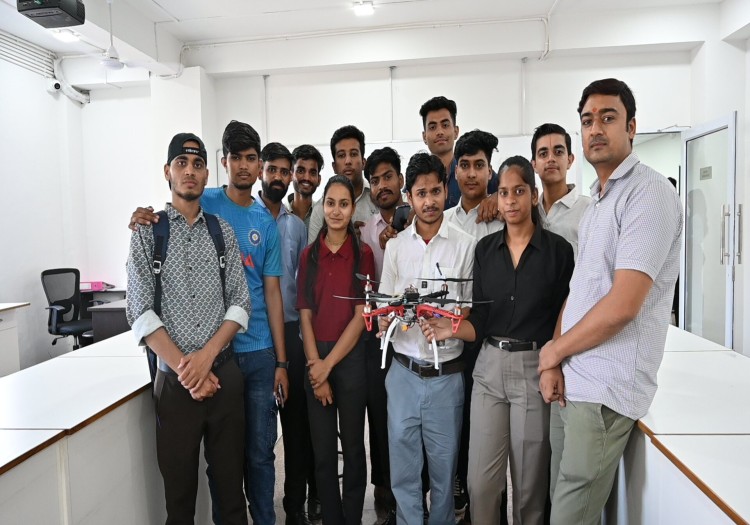
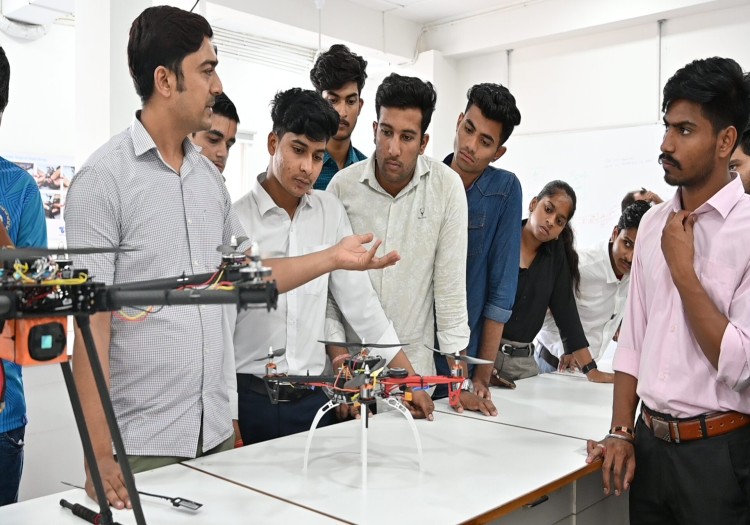
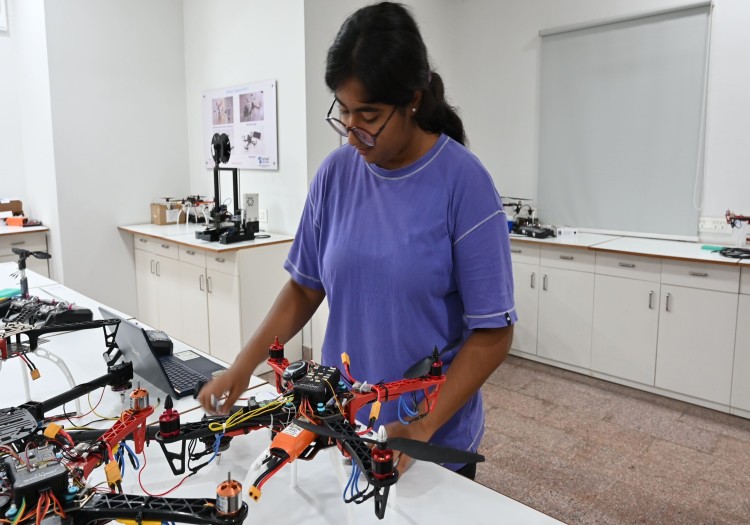
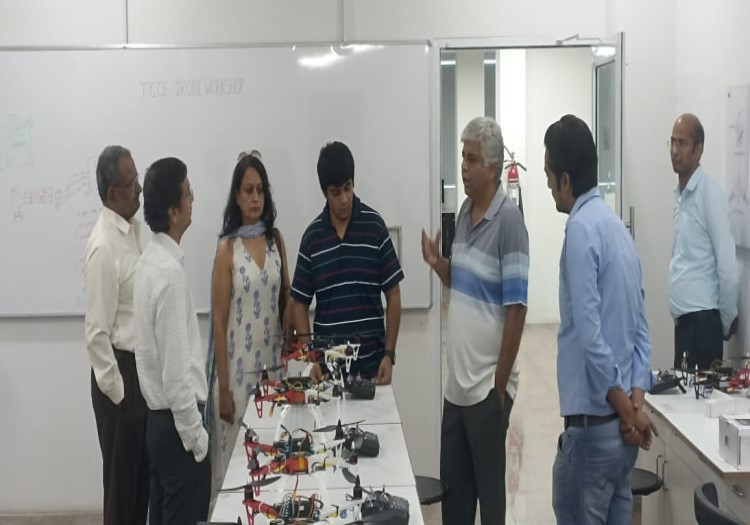
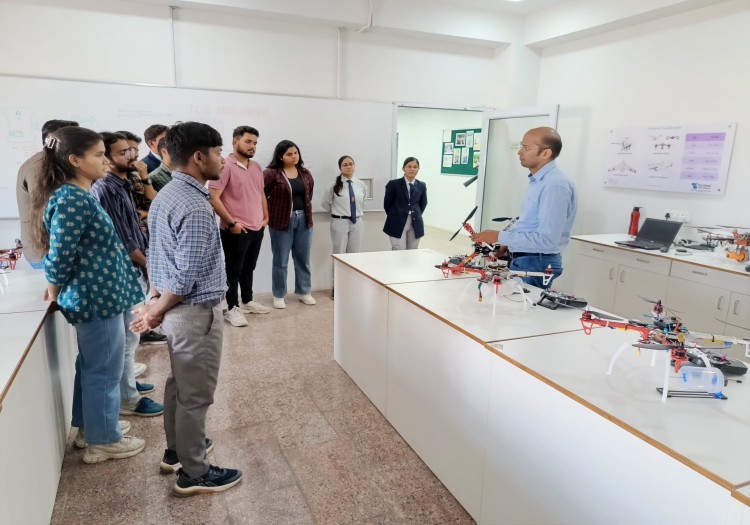
Browse Online Drones Certificates
Find new interests and advance your career opportunities!








ENROLL TODAY & GET 30% OFF ON ALL COURSES
Your Future Can’t Wait, Enroll Now and Save 30% On All Courses. Hurry Up Offer valid Till Diwali
Related Courses
See what our students have to say
With over a decade of experience, our mission is to produce future-ready skilled resources.


Real-Time Embedded Systems Development
This area of the course focuses on designing and programming systems that respond instantly to real-world events — like automotive control units, medical devices, and IoT gadgets. Learners explore real-time operating systems (RTOS), interrupt handling, task scheduling, and low-level hardware interfacing, gaining hands-on experience in building efficient, reliable, and time-critical embedded applications.
Job Opportunities
Here are some interesting job opportunities after completing the Embedded Software Engineer course:
Embedded Systems Developer – Design and program software that runs directly on microcontrollers and embedded devices.
Firmware Engineer – Develop and optimize low-level code for devices such as wearables, smart appliances, and automotive systems.
IoT Solutions Engineer – Build and integrate connected smart devices for home automation, healthcare, and industrial IoT applications.
Automotive Embedded Engineer – Work on advanced vehicle systems like engine control units (ECUs), ADAS, and infotainment systems.
Robotics Programmer – Develop embedded control systems for robots, drones, and automated machinery.
Embedded Test Engineer – Design testing procedures and debugging tools to ensure system reliability and safety.
Embedded AI Engineer – Implement lightweight AI models on edge devices for intelligent data processing and automation.
Frequently asked questions
What are embedded systems, and why are they important to learn about?
Embedded systems are like the brains of devices. Learning about them is important because they’re everywhere, offer job opportunities, make things work efficiently, drive innovation, and teach problem-solving skills.
How can online courses help you learn about embedded systems?
Online courses are helpful for learning embedded systems because they offer flexibility, hands-on experience, and up-to-date content.
What skills or experience do I need to already have, before starting to learn embedded systems?
Before learning embedded systems, it’s helpful to have basic programming, electronics, math, and problem-solving skills, but you can start as a beginner too.
What kind of people are best suited for work that involves embedded systems?
People best suited for embedded systems work are analytical, detail-oriented, curious, persistent, and tech enthusiasts who can work in teams and adapt to change.
Is the training course available online or in-person?
Both modes are offered depending on the learner’s flexibility. May contct us directly to discuss more details.
